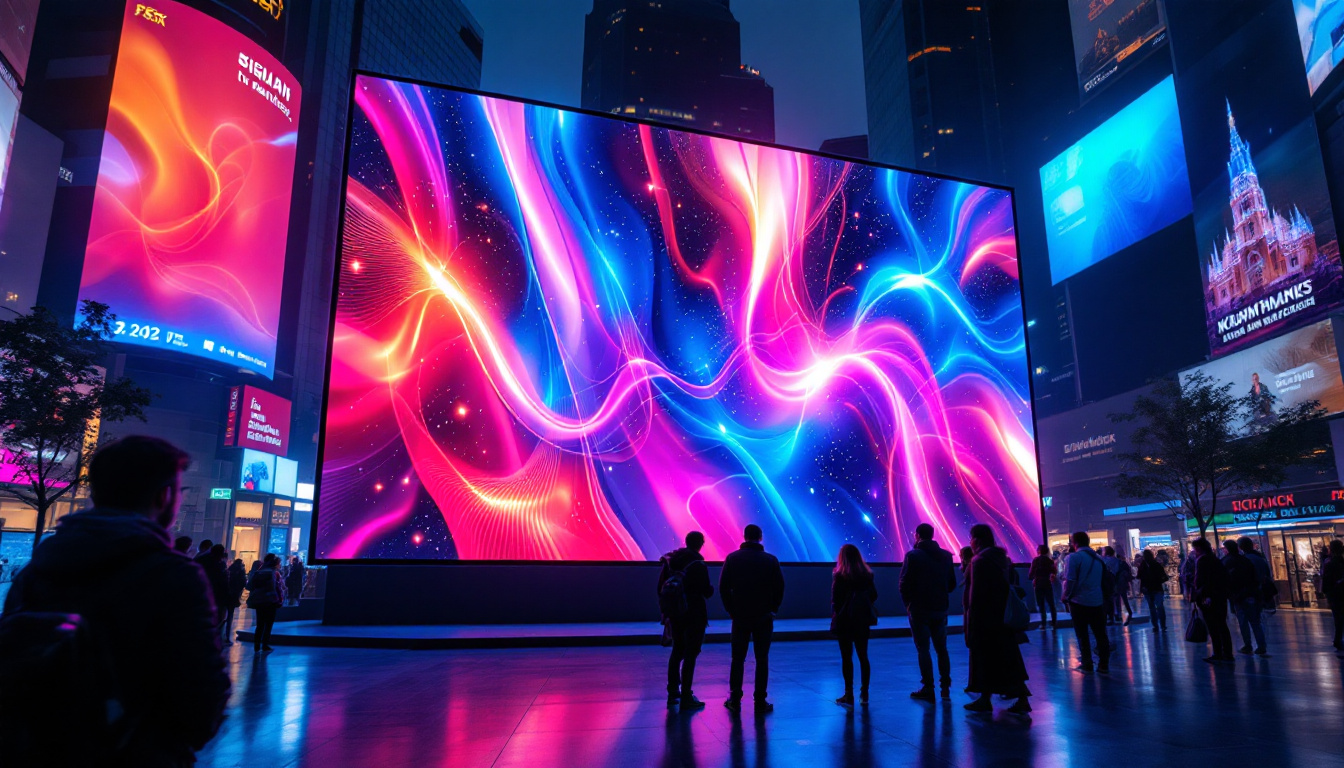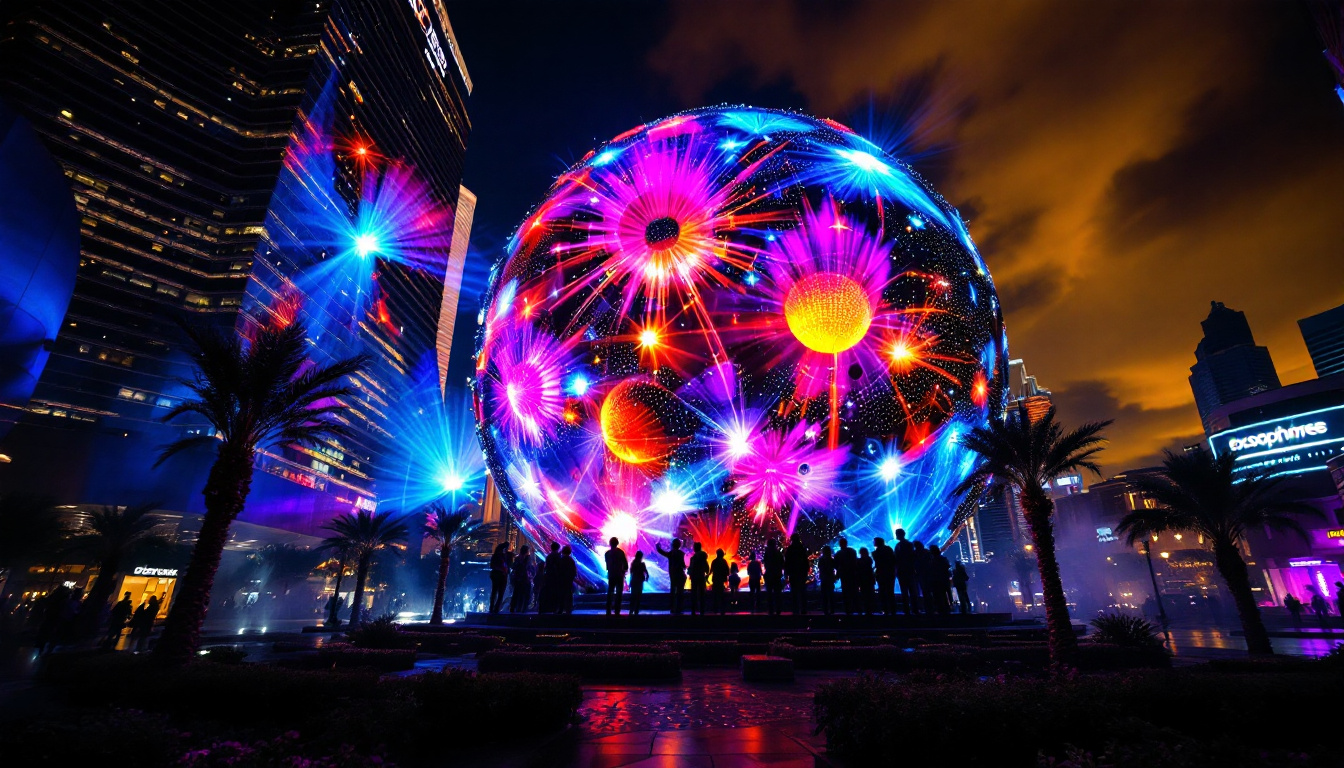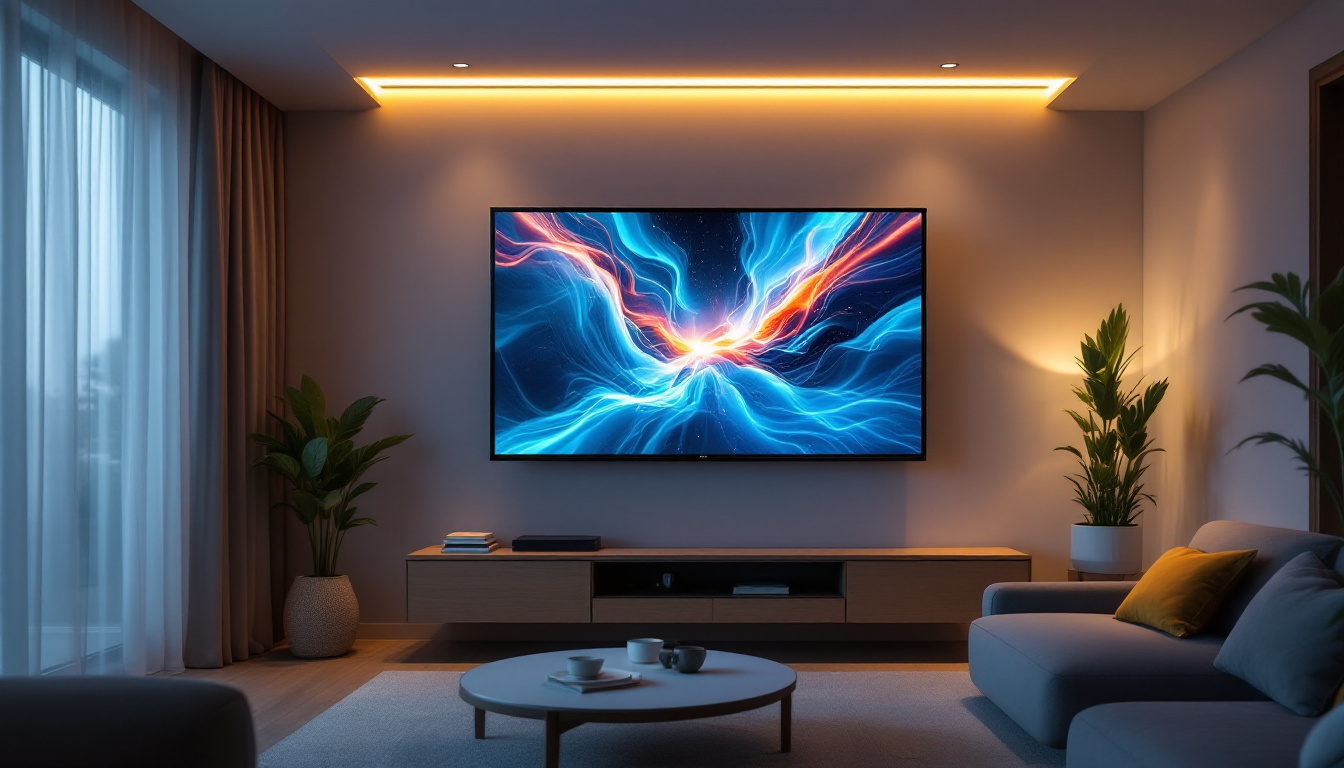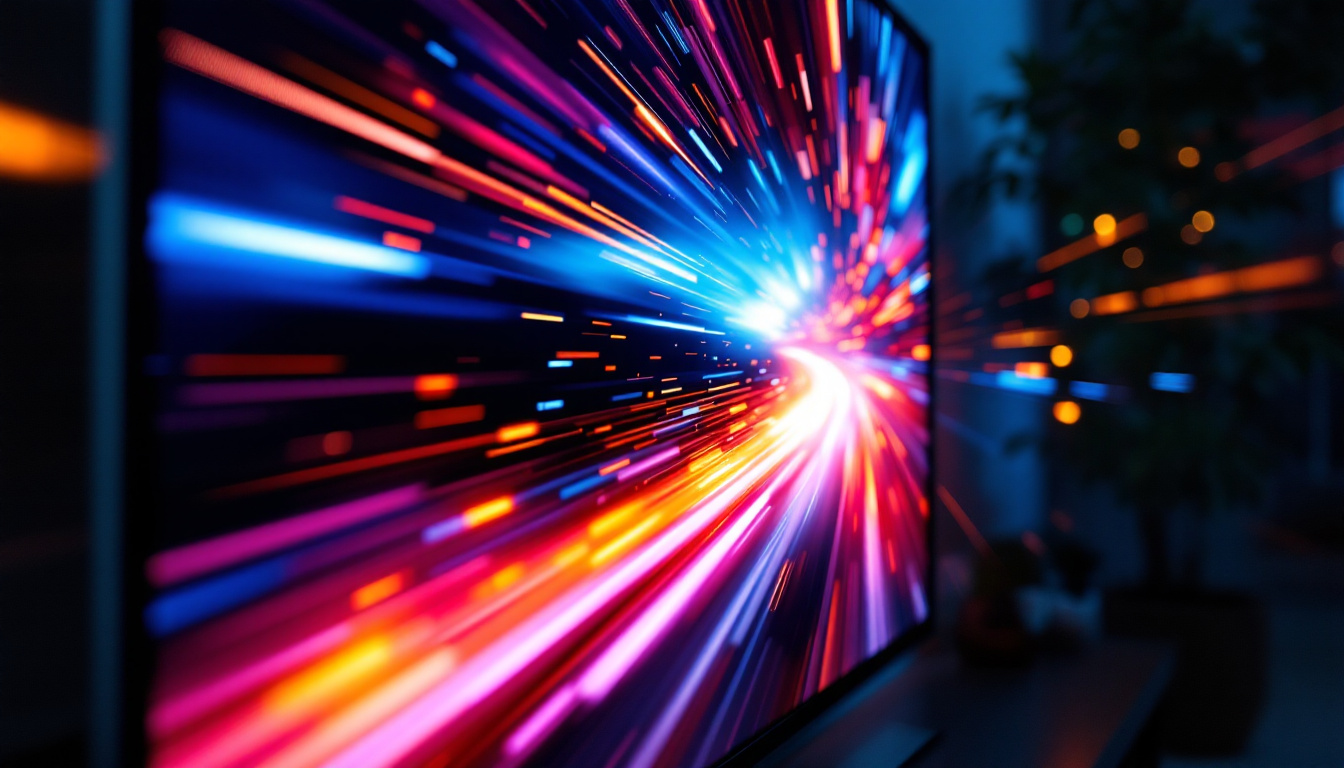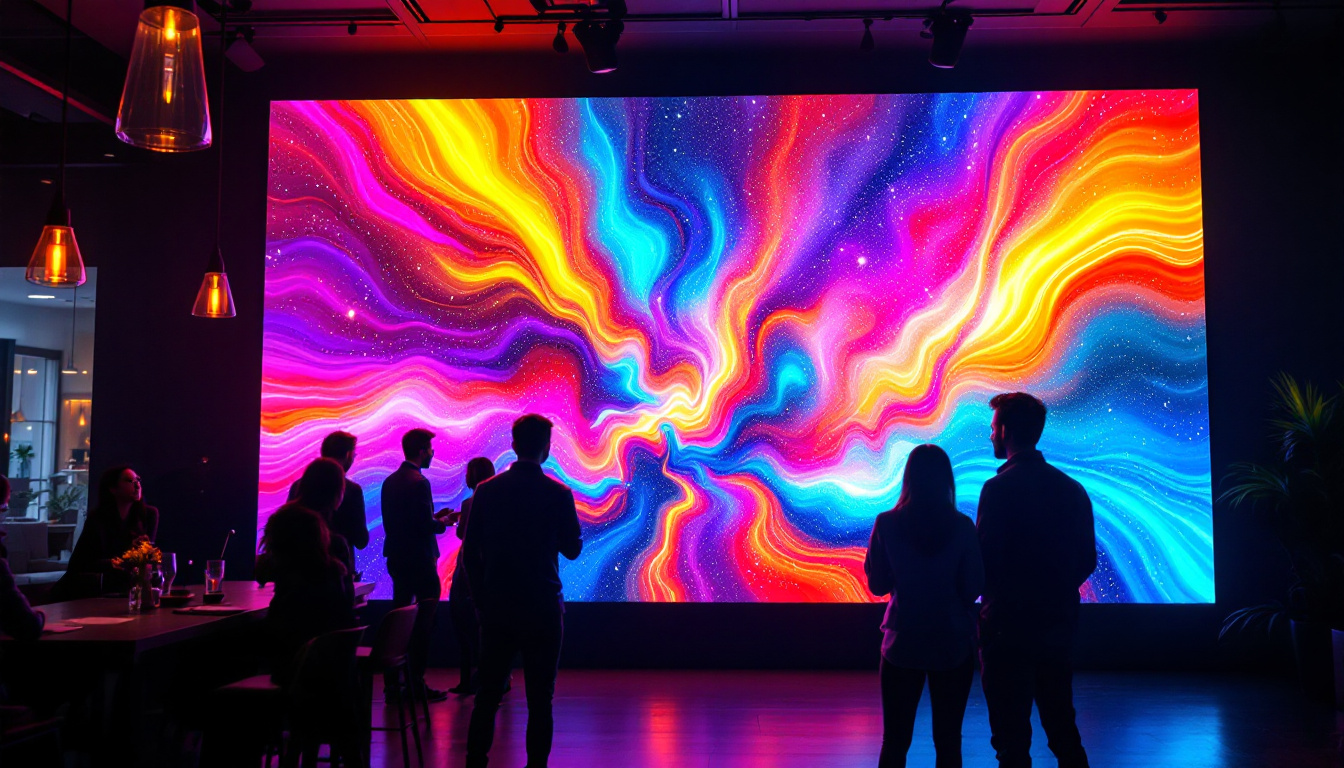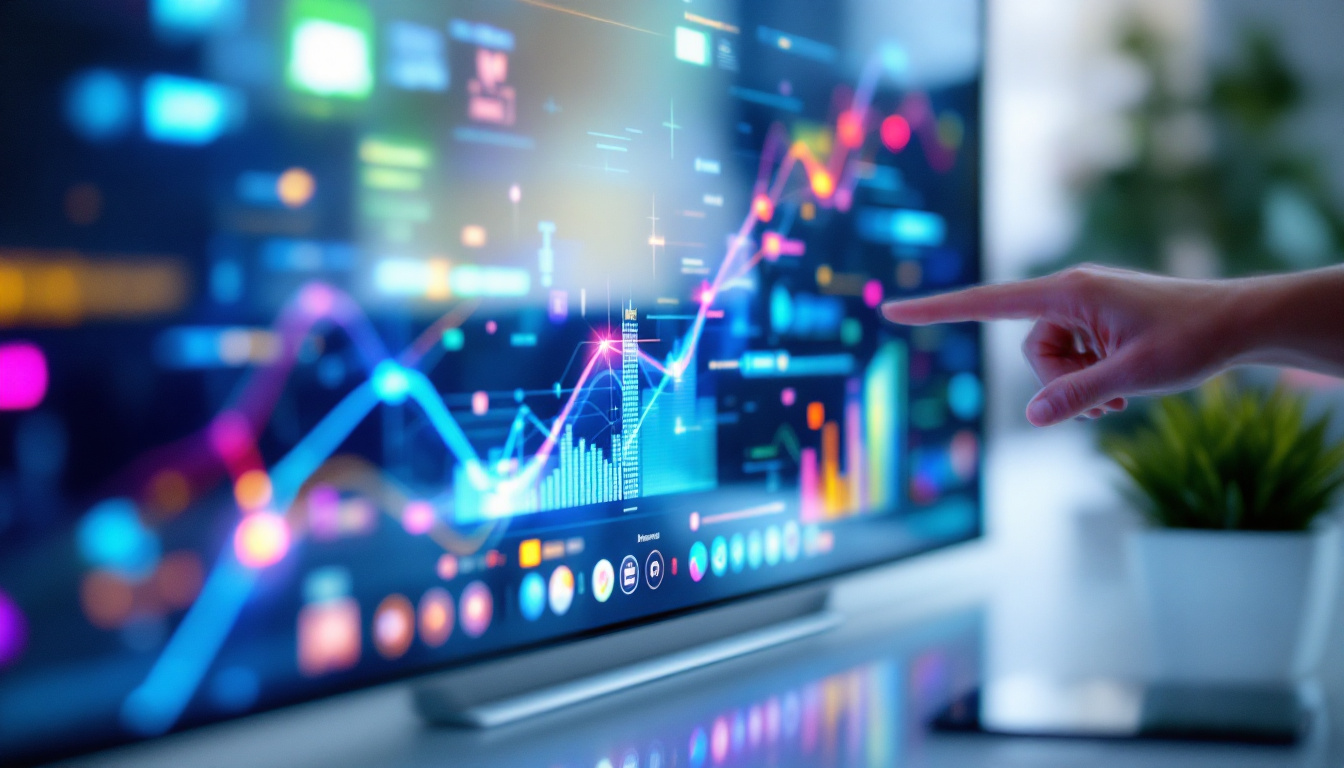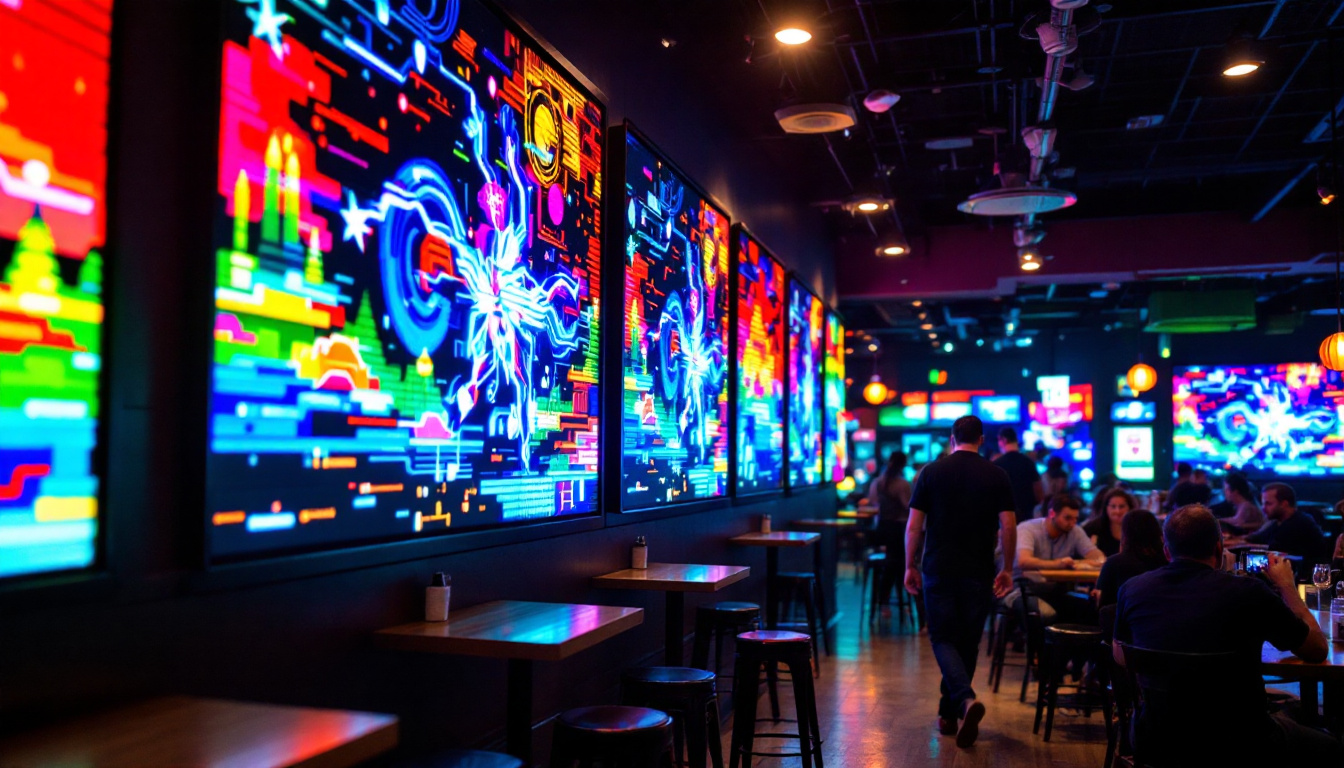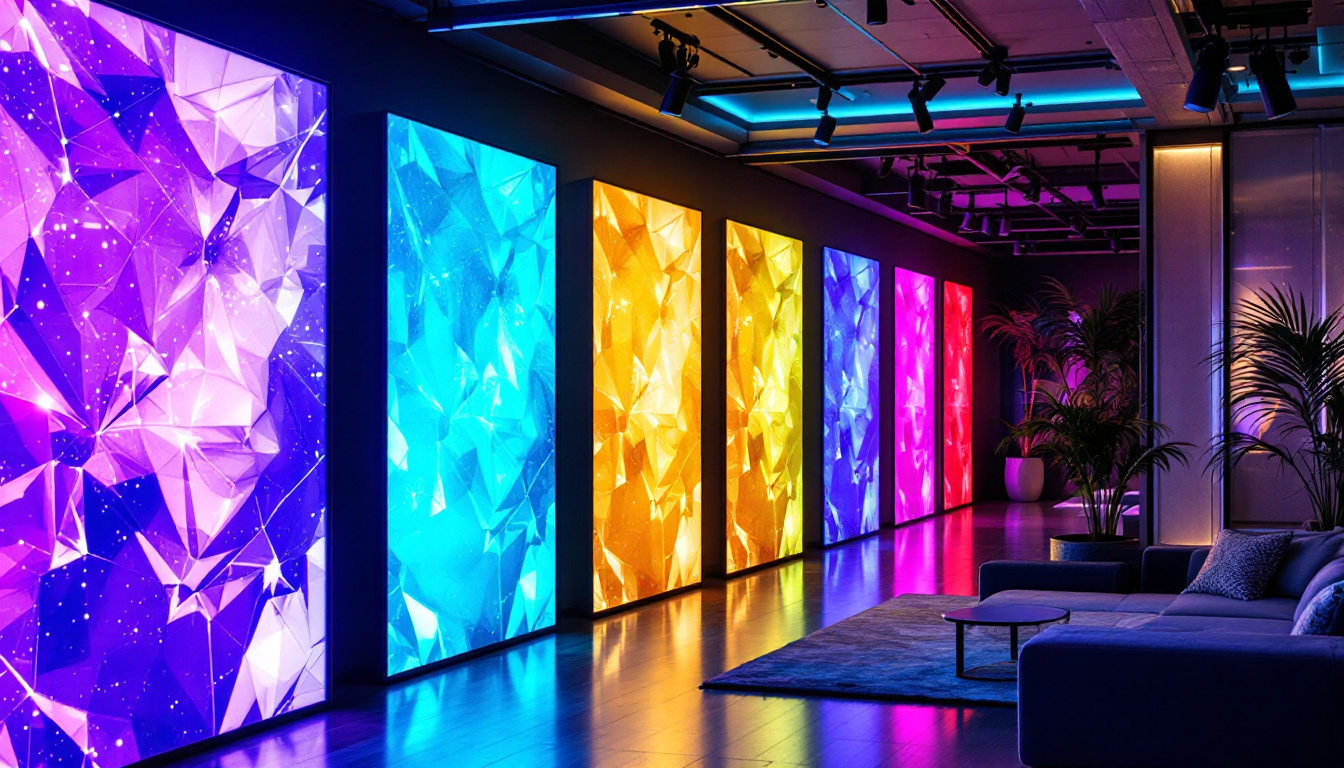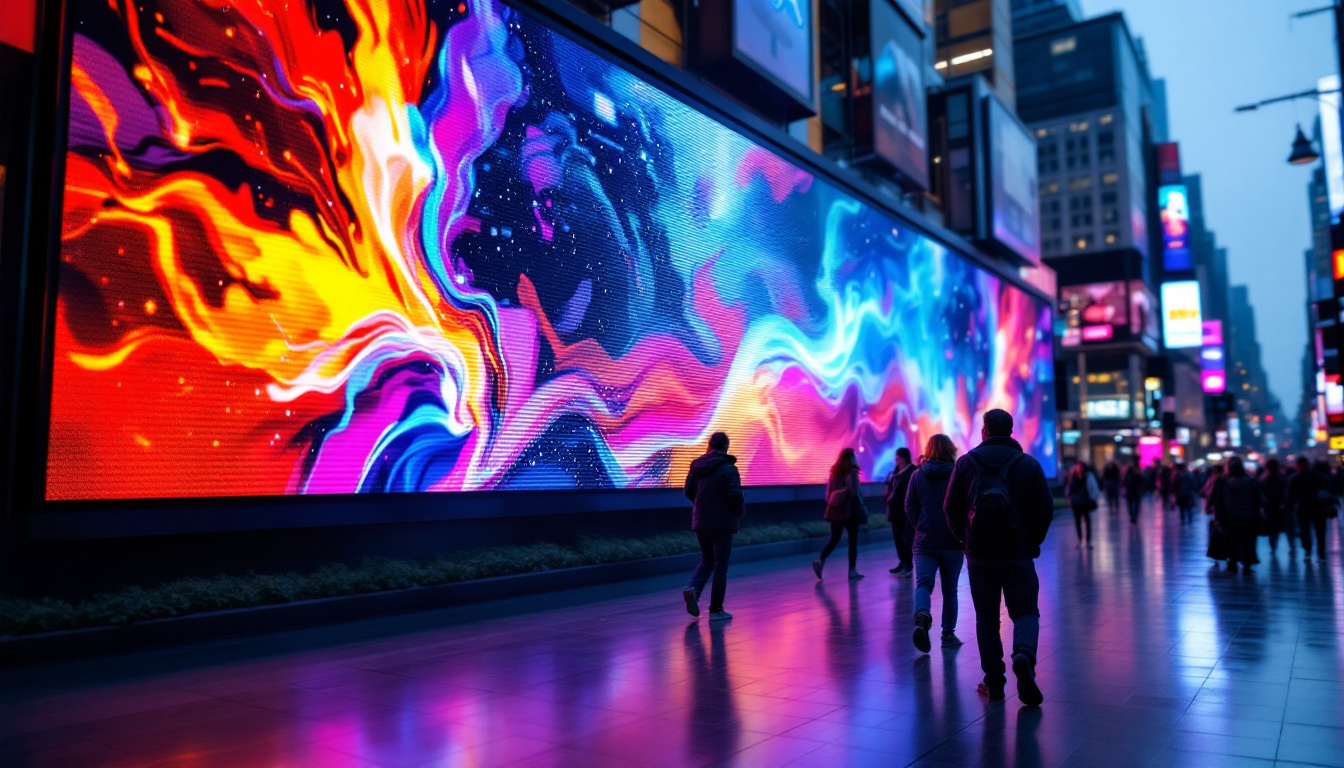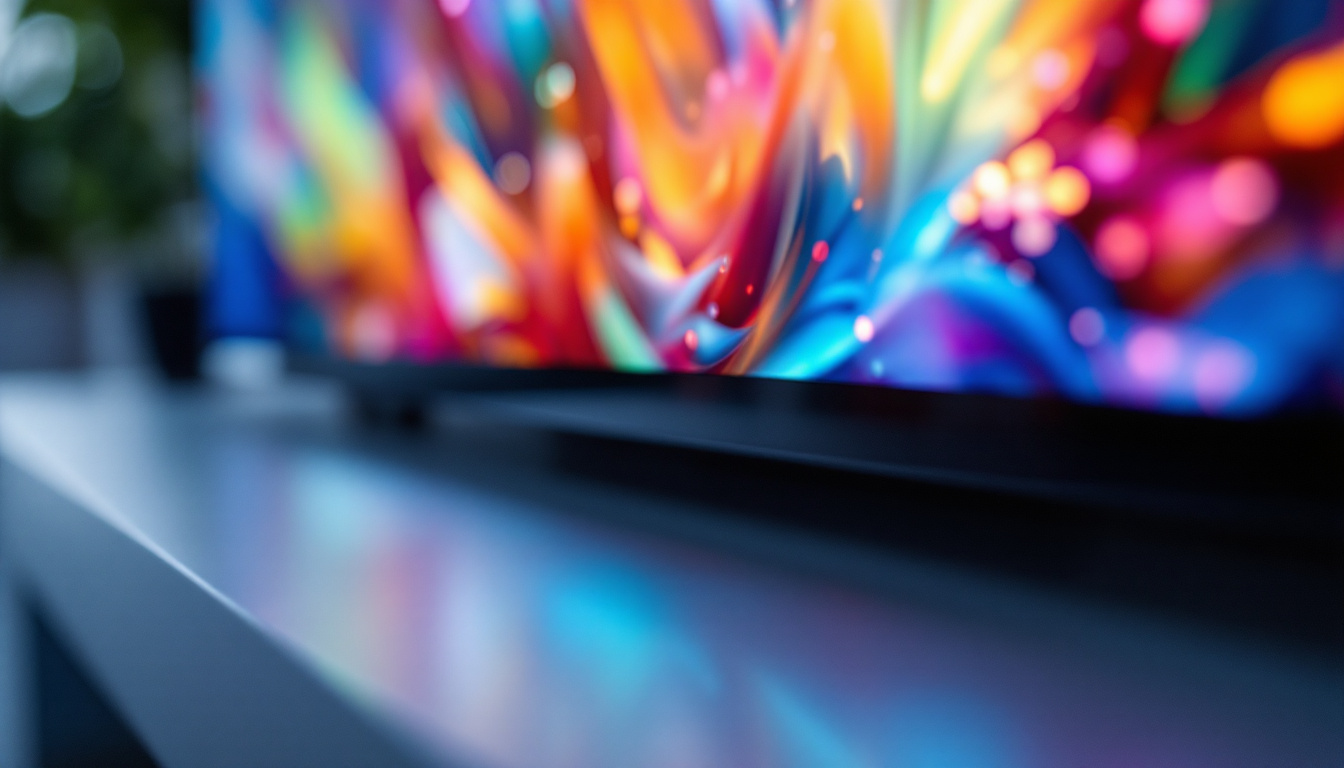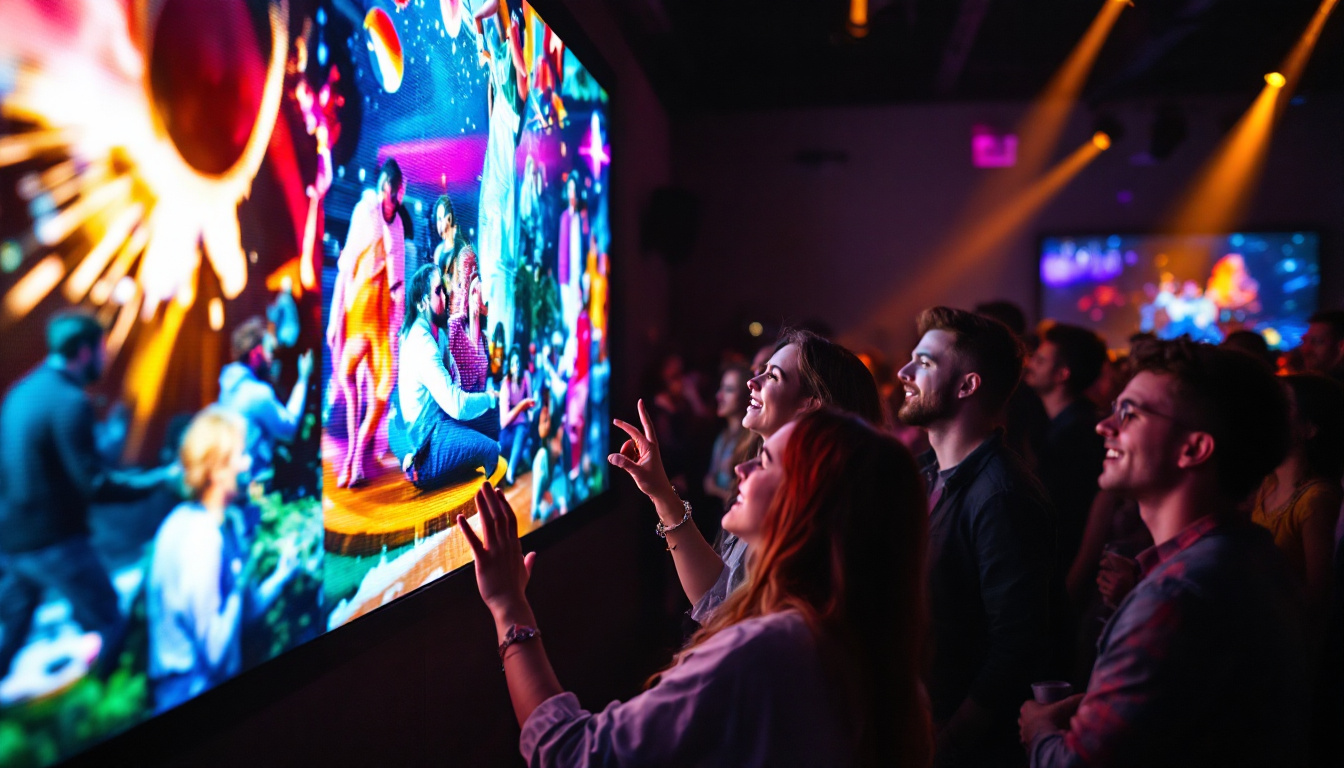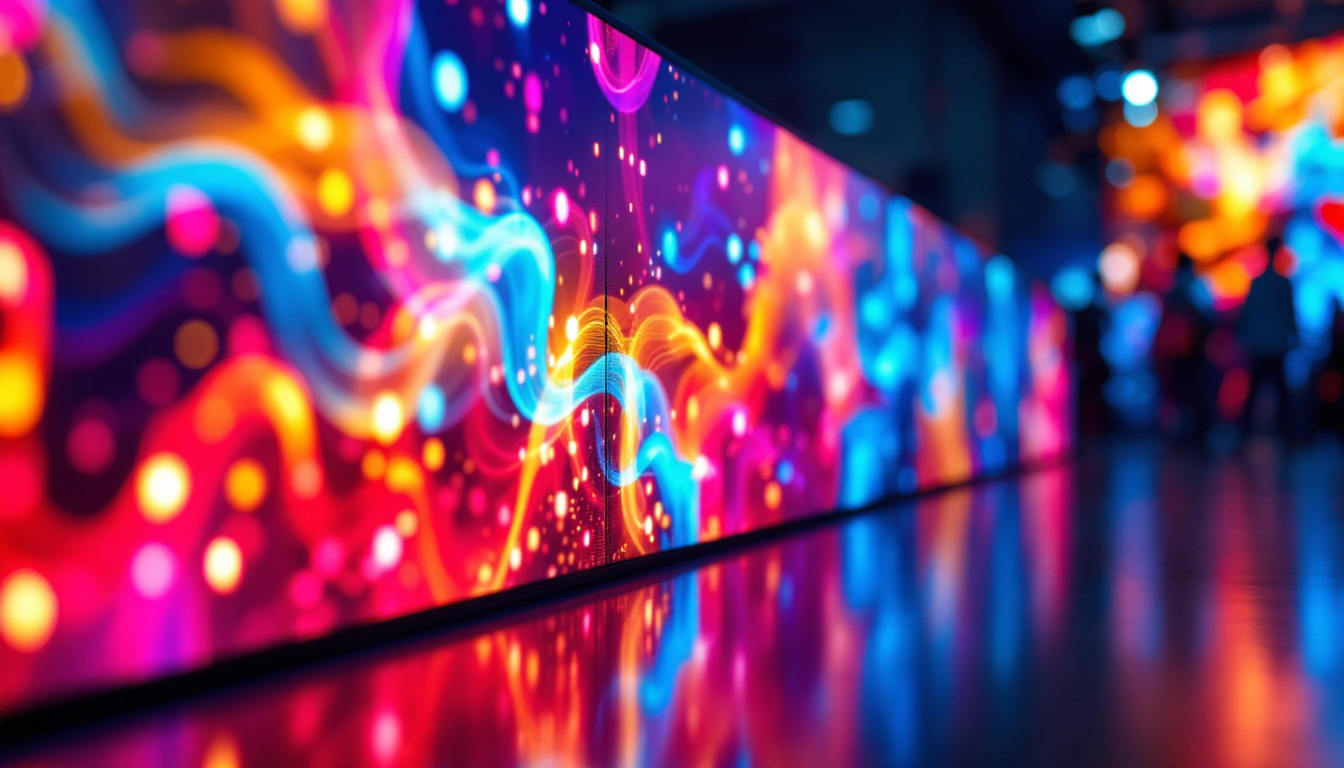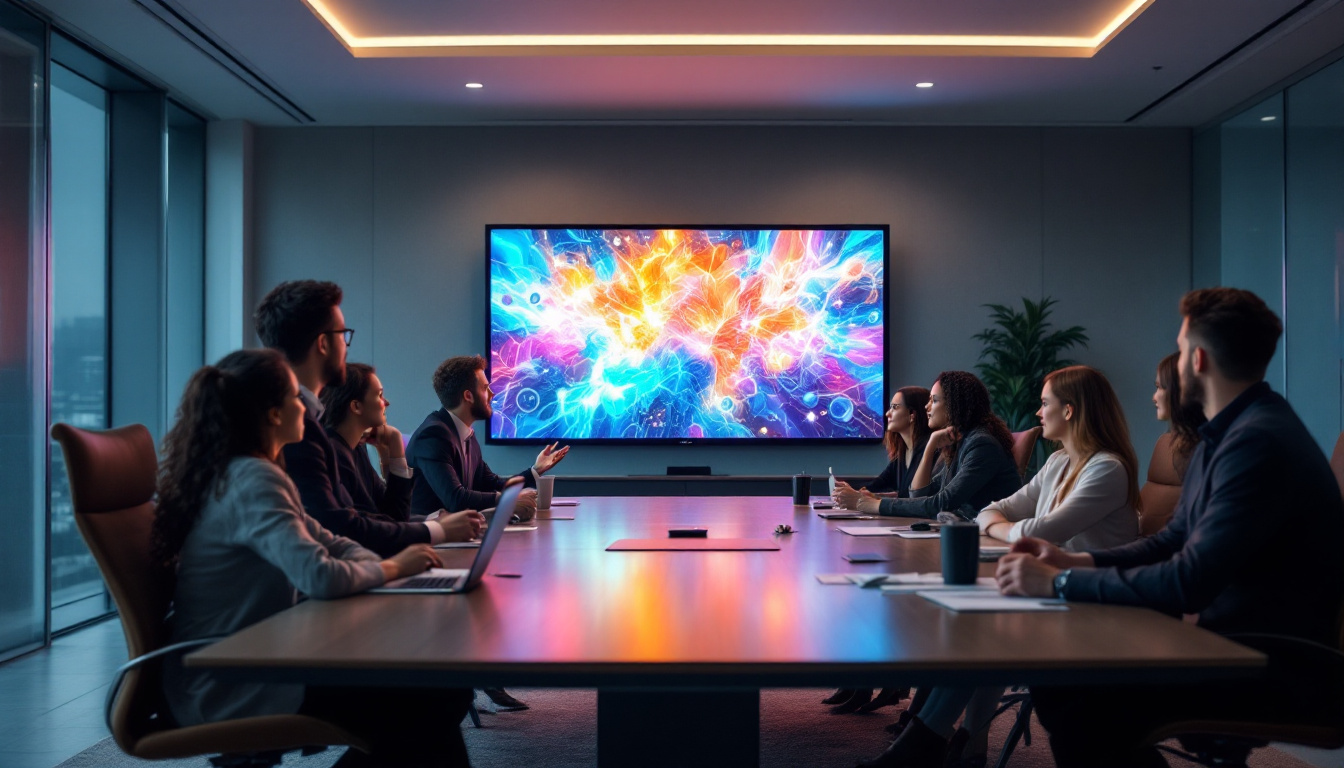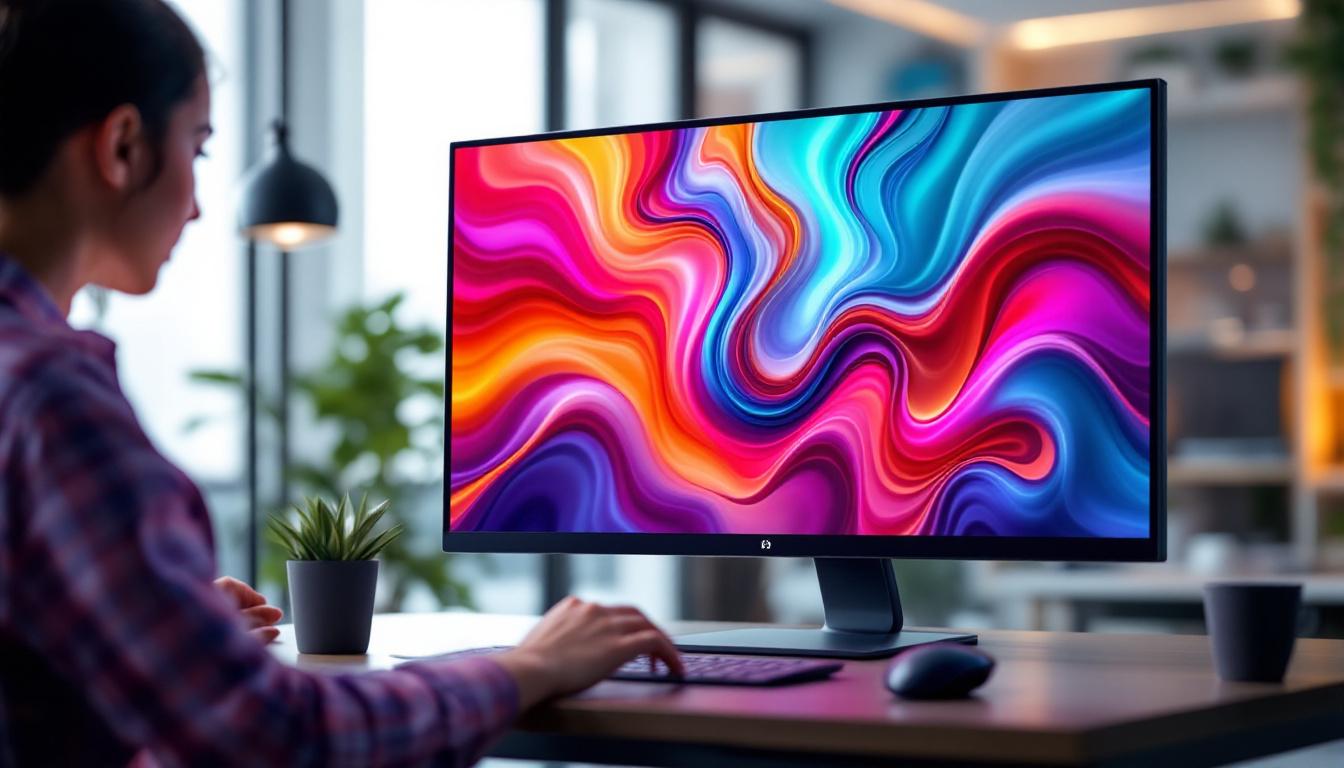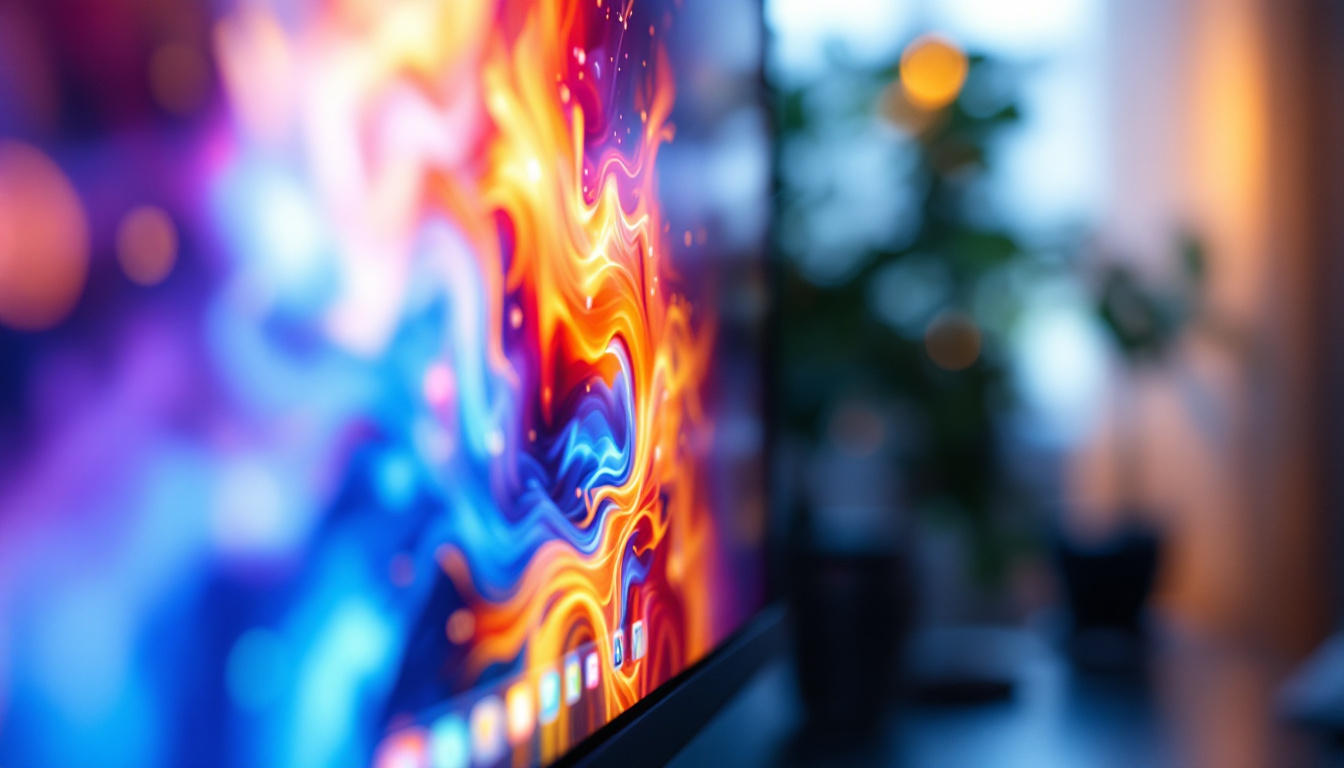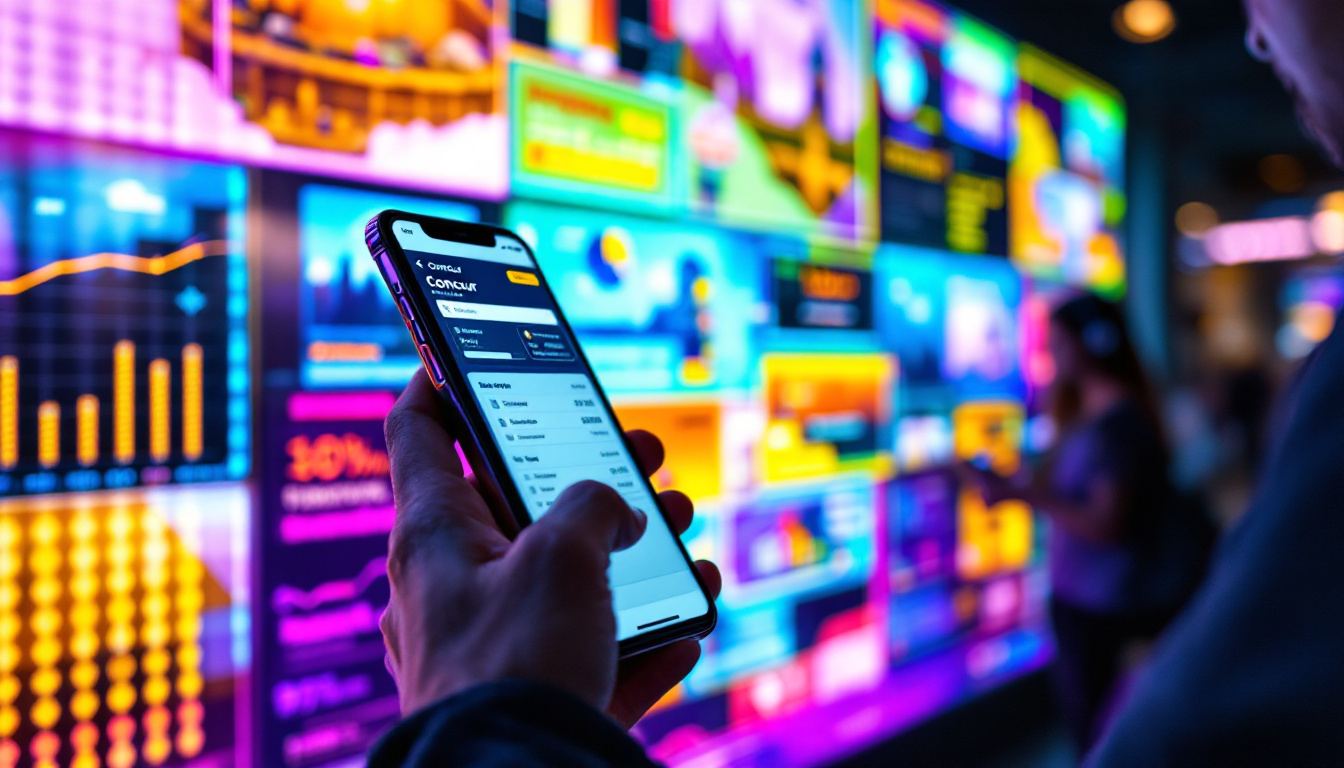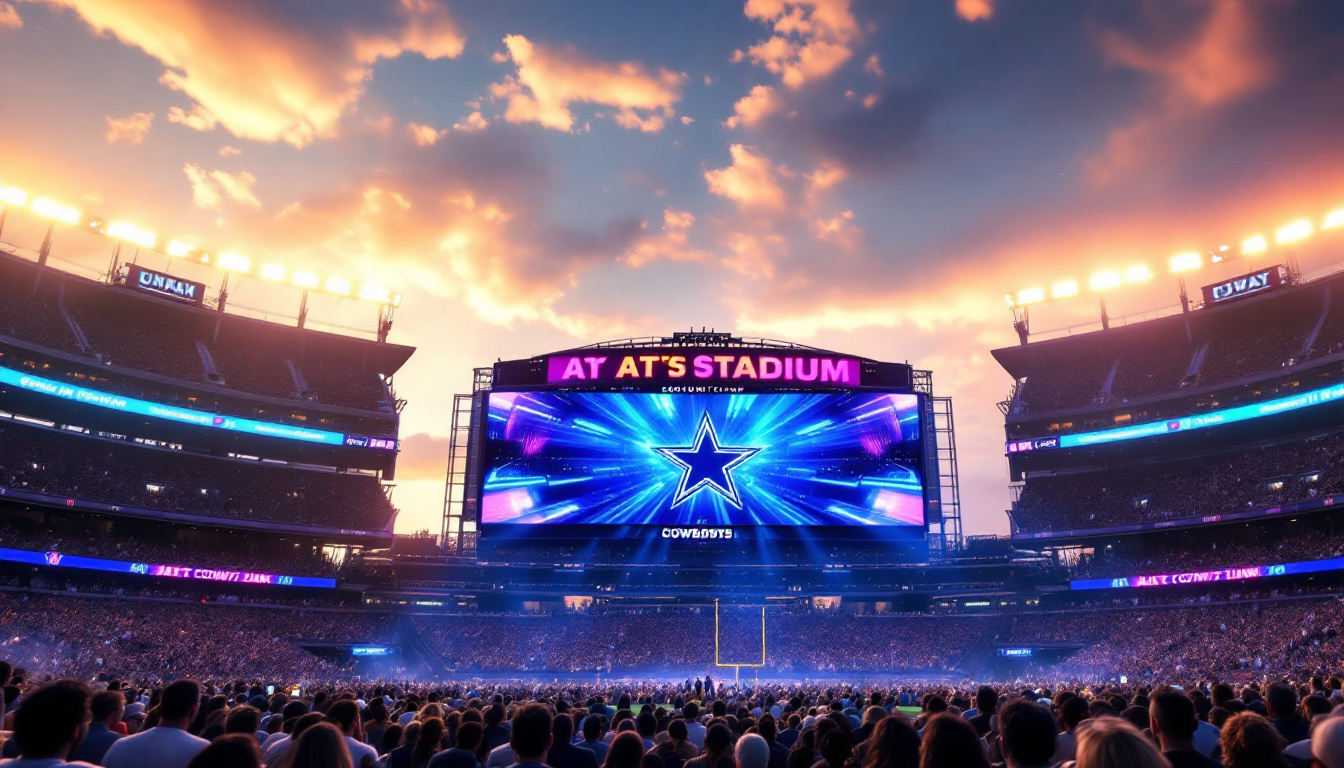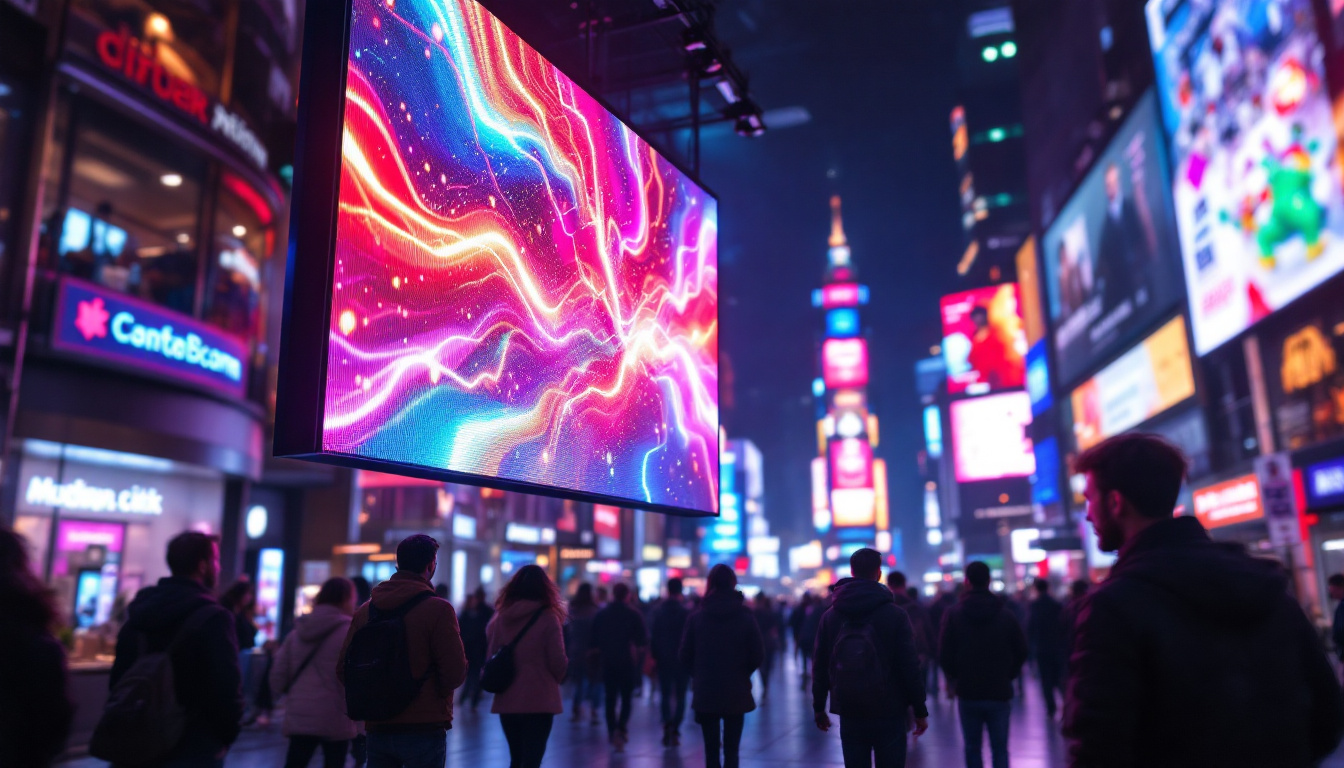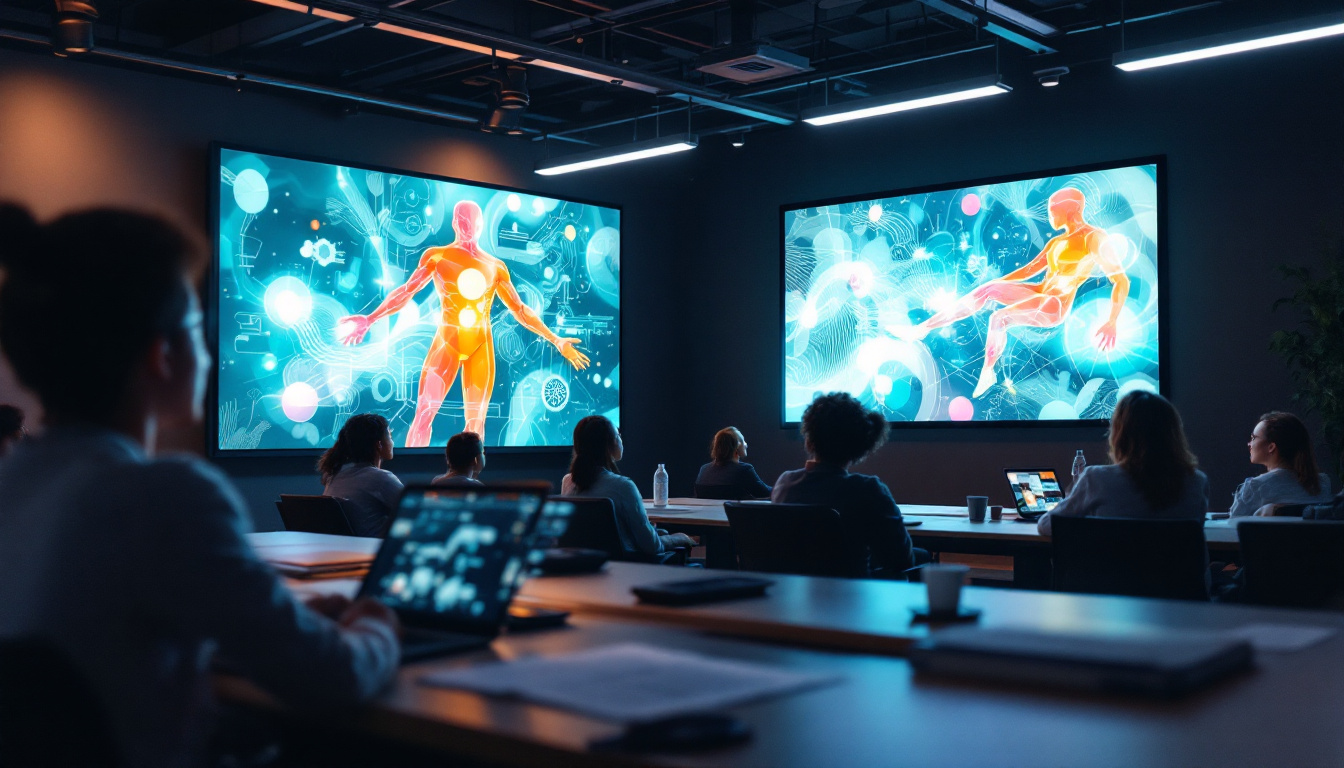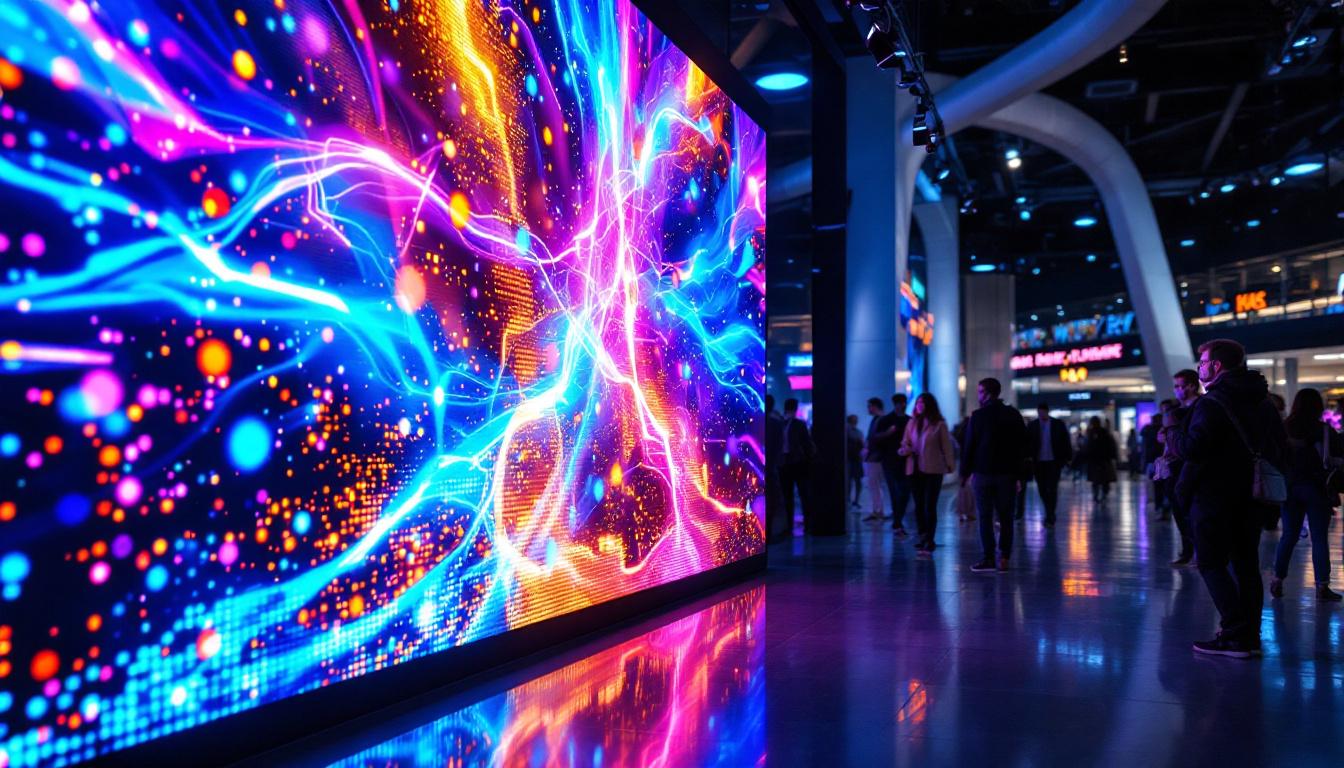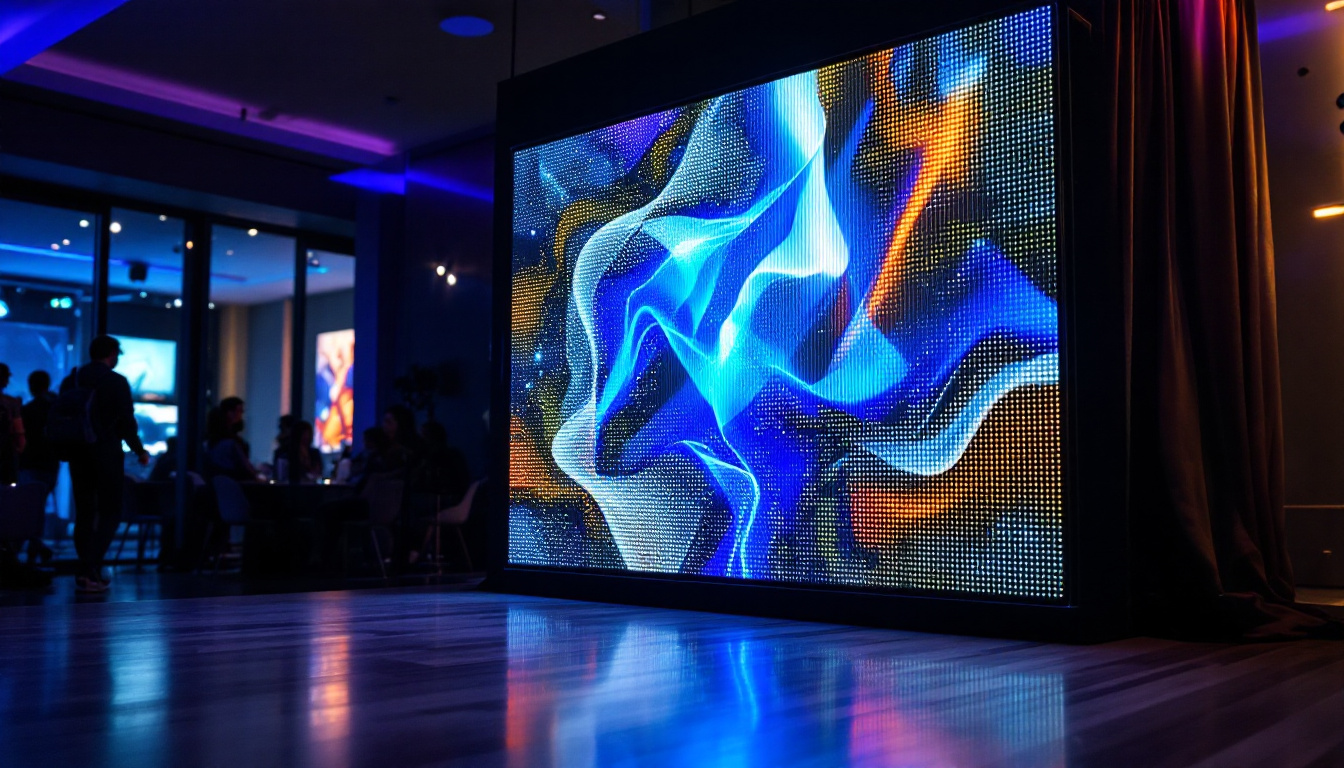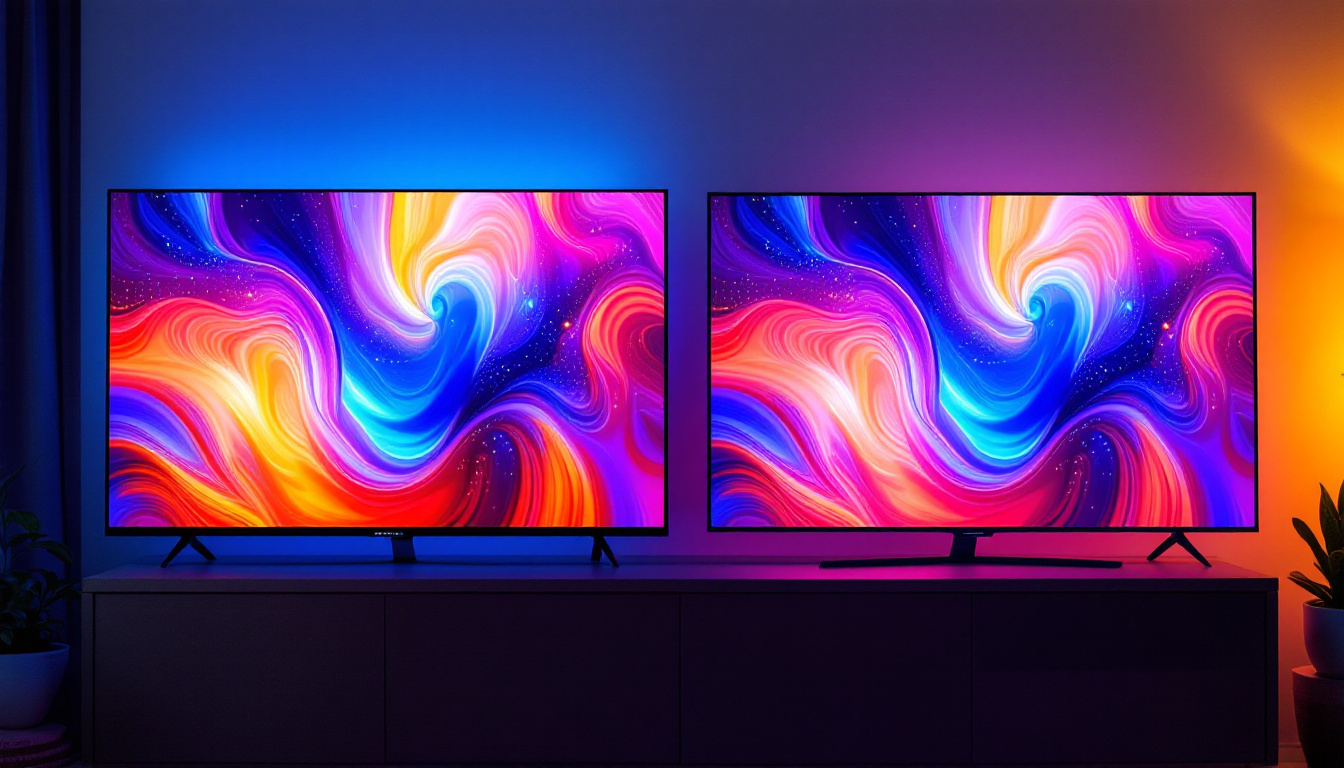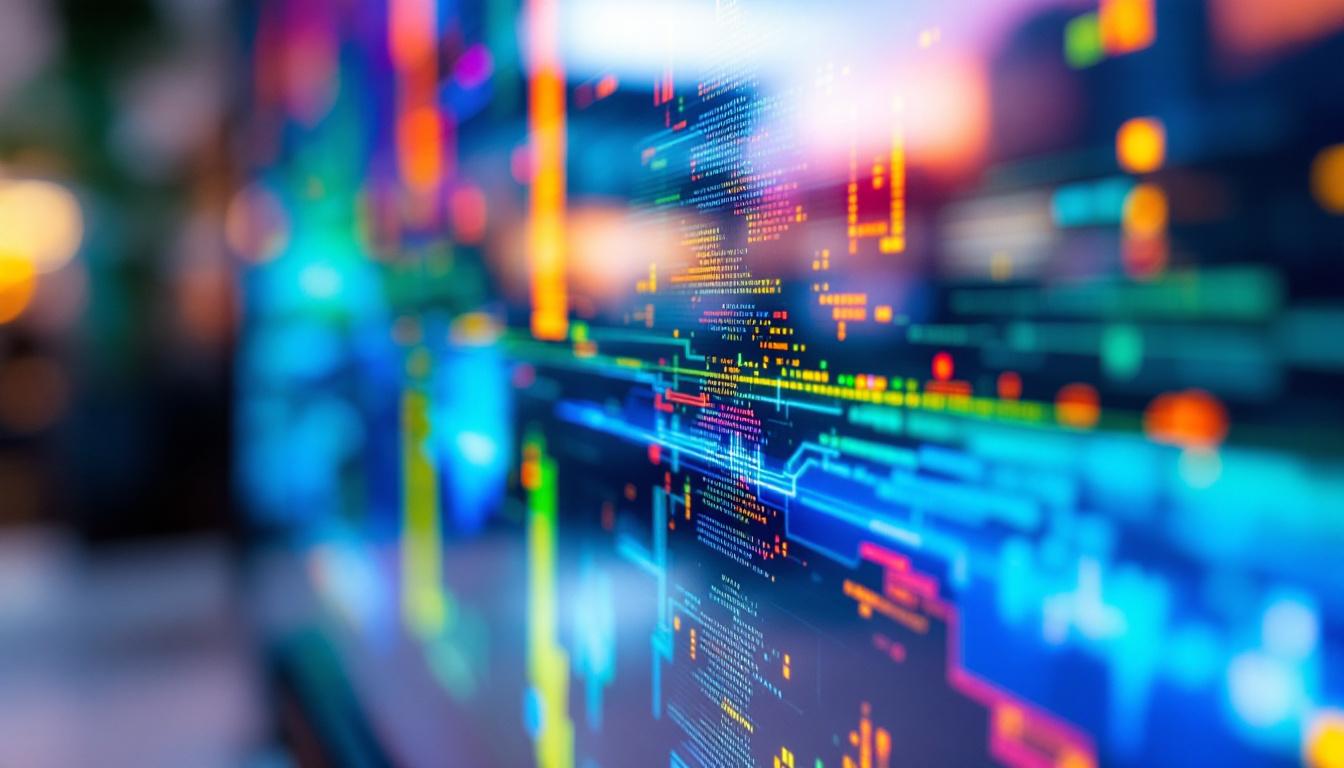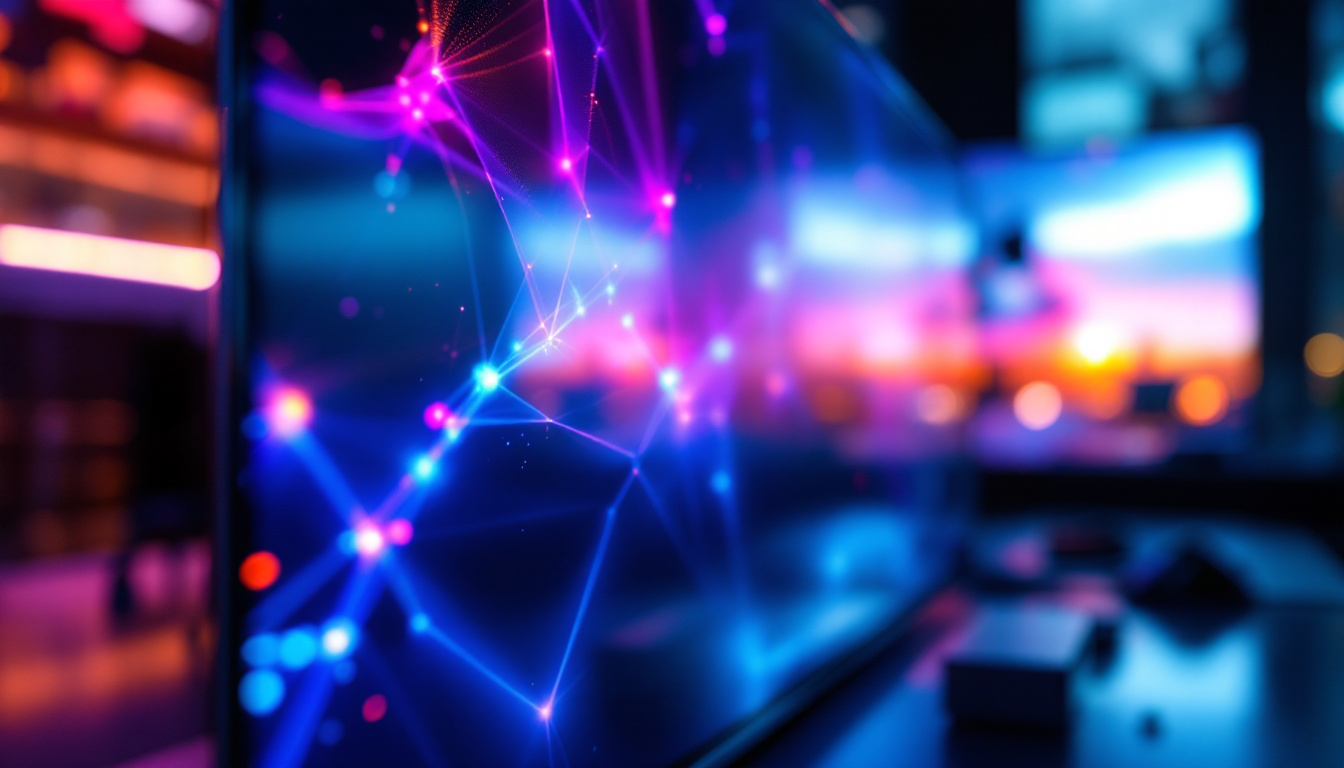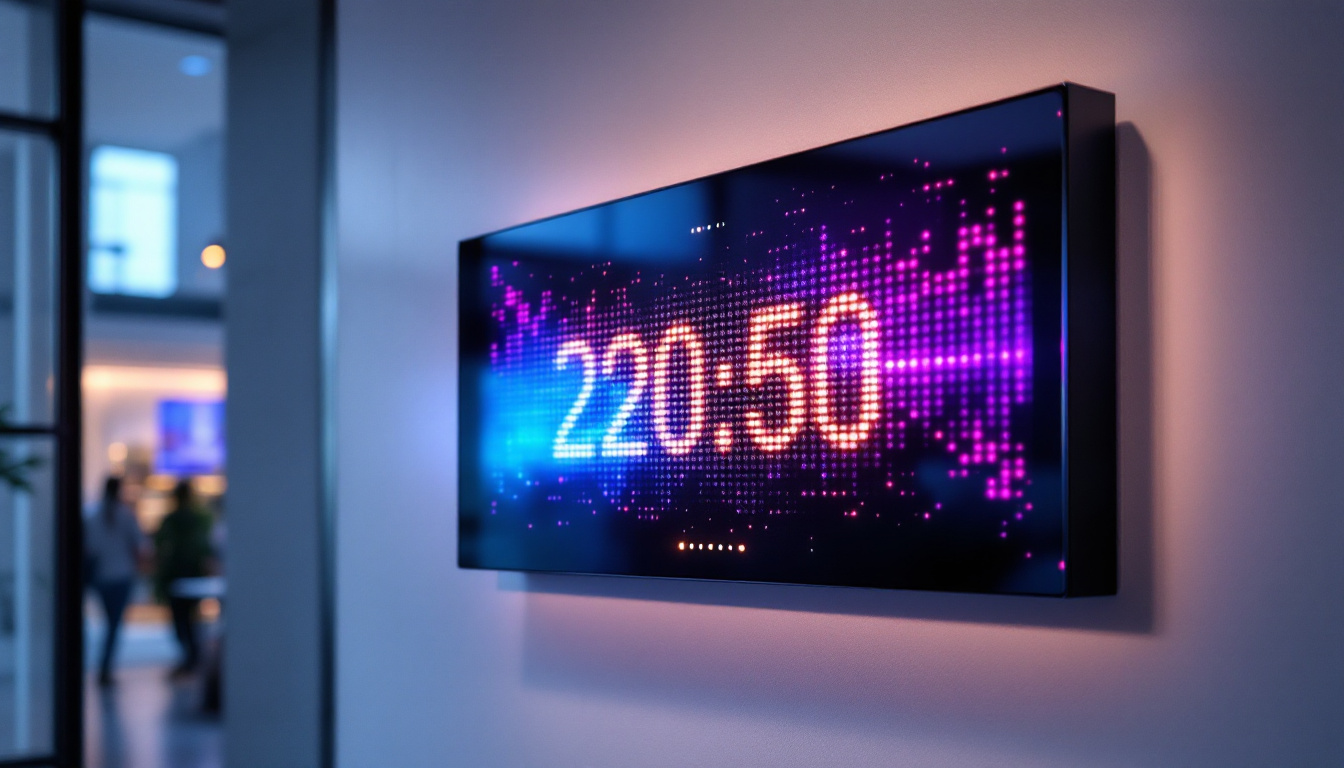In the realm of modern technology, LED displays have become an integral part of our daily lives. From large billboards to small handheld devices, the versatility and efficiency of LED technology are unmatched. Plasma Technology Inc has been at the forefront of this innovation, providing cutting-edge solutions that redefine visual experiences. This article delves into the intricacies of LED displays, exploring their technology, applications, and the future of this dynamic field.
Understanding LED Technology
Light Emitting Diodes (LEDs) are semiconductor devices that emit light when an electric current passes through them. Unlike traditional incandescent bulbs, which produce light through heat, LEDs are energy-efficient and have a significantly longer lifespan. This fundamental difference in technology is what makes LEDs a preferred choice for various applications. Their compact size and versatility allow for innovative designs in everything from home lighting to intricate electronic displays.
The Science Behind LEDs
The basic structure of an LED consists of a chip made from a semiconductor material, typically gallium arsenide or gallium phosphide. When voltage is applied, electrons recombine with holes in the semiconductor, releasing energy in the form of photons. This process is known as electroluminescence, and it is the core principle that enables LEDs to produce light. The efficiency of this process is one of the reasons LEDs are so popular; they convert a higher percentage of energy into light compared to other lighting technologies.
Different materials and doping processes can be used to create LEDs of various colors. For instance, using different combinations of gallium and phosphide can yield red, green, or blue light. By mixing these colors, it is possible to create a full spectrum of colors, which is essential for displays. Moreover, advancements in technology have led to the development of white LEDs, which are commonly used in residential and commercial lighting. These white LEDs are typically created by combining blue LEDs with phosphor materials that emit yellow light, resulting in a warm, inviting glow.
Advantages of LED Displays
LED displays offer a myriad of advantages over traditional display technologies. One of the most significant benefits is their energy efficiency. LEDs consume far less power than incandescent or fluorescent lights, making them a more sustainable option. Additionally, they generate less heat, which contributes to their longevity. This reduced heat output not only enhances their lifespan but also minimizes the need for cooling systems in large installations, further saving energy and costs.
Another advantage is their brightness and visibility. LED displays can be easily viewed in various lighting conditions, including direct sunlight. This feature makes them ideal for outdoor advertising and large-scale installations. Furthermore, the ability to create high-resolution images and videos adds to their appeal, allowing for vibrant and dynamic content. The rapid response time of LEDs also means that they can display fast-moving images without blurring, making them perfect for applications such as sports events and concerts. Additionally, the flexibility of LED technology allows for creative applications, such as flexible LED screens that can be shaped to fit unique designs, enhancing the aesthetic appeal of any space.
Applications of LED Displays
The versatility of LED technology has led to its widespread adoption across various industries. From entertainment to transportation, LED displays serve numerous purposes that enhance user experience and engagement.
Advertising and Marketing
One of the most prominent applications of LED displays is in advertising. Digital billboards and signage have revolutionized the way brands communicate with consumers. These displays can showcase dynamic content, allowing for real-time updates and targeted messaging. Businesses can capture the attention of potential customers with vibrant visuals and engaging animations, making LED displays a powerful marketing tool.
Moreover, the ability to change content remotely means that businesses can easily adapt their messaging based on time, location, or audience demographics. This flexibility is invaluable in today’s fast-paced marketing environment. For instance, a restaurant can promote its lunch specials during the day and switch to dinner offerings in the evening, ensuring that the content is always relevant. Additionally, LED displays can integrate with social media platforms, allowing brands to display user-generated content or live feeds, further enhancing consumer interaction and engagement.
Entertainment and Events
In the entertainment industry, LED displays have transformed the way audiences experience live events. Concerts, sports games, and festivals often utilize large LED screens to enhance the visual experience. These displays can provide close-up views of performers, display live feeds, and create immersive environments through stunning visuals.
Additionally, LED technology is used in theaters and cinemas to create vibrant backdrops and special effects. The ability to manipulate lighting and color in real-time allows for creative storytelling and enhances the overall atmosphere of the event. Beyond traditional venues, LED displays are also making their mark in outdoor festivals and parades, where they can be used to create spectacular light shows that captivate audiences. The integration of LED technology with sound and interactive elements can elevate the overall experience, making events more memorable and engaging for attendees.
Transportation and Safety
LED displays are also prevalent in transportation systems, where they serve critical functions. Traffic signs, signals, and information boards utilize LED technology to convey important messages to drivers and pedestrians. Their high visibility ensures that information is easily readable, even from a distance or in adverse weather conditions.
Furthermore, LED displays are increasingly used in public transport systems. Buses and trains often feature LED screens that provide real-time updates on schedules and routes, improving the overall passenger experience. This application not only enhances safety but also promotes efficiency in public transport. In addition, LED displays can be employed in airports and train stations to provide travelers with essential information regarding flight statuses, delays, and gate changes. The integration of LED technology in these environments not only streamlines communication but also reduces anxiety among passengers, making their travel experience smoother and more enjoyable.
Innovations in LED Display Technology
As technology continues to advance, so too does the field of LED displays. Innovations are constantly emerging, pushing the boundaries of what is possible and enhancing the capabilities of these devices.
Flexible and Transparent Displays
One of the most exciting developments in LED technology is the creation of flexible and transparent displays. These innovations open up new possibilities for design and application. Flexible LED displays can be bent and shaped to fit various surfaces, allowing for creative installations that were previously impossible.
Transparent displays, on the other hand, offer a unique way to blend technology with aesthetics. These displays can be integrated into windows or glass surfaces, providing information without obstructing visibility. This feature is particularly appealing for retail environments, where brands can showcase products while maintaining an open and inviting atmosphere. Additionally, the use of transparent displays in architecture can transform traditional structures into interactive canvases, enhancing the visual appeal of buildings while providing functional information to passersby.
Furthermore, the potential applications of flexible and transparent displays extend beyond retail and architecture. In the automotive industry, for instance, flexible LED technology can be utilized to create curved dashboards that adapt to the design of the vehicle, offering drivers an intuitive interface. Similarly, transparent displays can be employed in smart homes, where they can serve as windows that display weather updates, news, or even art, all while allowing natural light to filter through.
Smart LED Displays
The integration of smart technology into LED displays is another significant trend. Smart LED displays can connect to the internet, enabling features such as remote content management, real-time analytics, and audience engagement tools. This connectivity allows businesses to optimize their advertising strategies based on data-driven insights.
Moreover, smart LED displays can incorporate sensors that respond to environmental conditions or audience behavior. For instance, they can adjust brightness based on ambient light levels or display targeted content based on the demographics of viewers. This level of interactivity enhances the effectiveness of advertising and improves user experiences. In addition, the ability to gather real-time data means that businesses can quickly pivot their marketing strategies, ensuring that the content displayed is always relevant and engaging.
As the technology evolves, we are also witnessing the rise of artificial intelligence in conjunction with smart LED displays. AI algorithms can analyze viewer interactions and preferences, allowing for hyper-personalized content delivery that resonates with specific audiences. This not only increases engagement but also fosters a deeper connection between brands and consumers. Furthermore, the integration of augmented reality (AR) with smart LED displays creates immersive experiences, inviting users to interact with digital elements in their physical environment, thereby blurring the lines between the digital and real worlds.
The Future of LED Displays
The future of LED displays looks promising, with ongoing research and development paving the way for even more advanced technologies. As industries continue to recognize the benefits of LED technology, the demand for innovative solutions is likely to grow.
Sustainability and Eco-Friendliness
With increasing awareness of environmental issues, the focus on sustainability in LED technology is becoming more pronounced. Manufacturers are exploring ways to create eco-friendly displays that minimize waste and energy consumption. This includes using recyclable materials and developing energy-efficient production processes.
Furthermore, advancements in LED technology are leading to longer-lasting products, reducing the need for frequent replacements. This not only benefits the environment but also provides cost savings for businesses and consumers alike.
Enhanced User Experience
As LED displays become more sophisticated, the emphasis on user experience will continue to grow. Future innovations may include augmented reality (AR) and virtual reality (VR) integrations, creating immersive environments that engage users on a deeper level. These technologies could revolutionize advertising, entertainment, and education, providing interactive experiences that captivate audiences.
Additionally, as artificial intelligence (AI) becomes more prevalent, LED displays may leverage AI algorithms to optimize content delivery and enhance personalization. This could lead to more relevant and engaging experiences for viewers, ultimately driving better results for businesses.
Conclusion
In summary, LED displays represent a remarkable intersection of technology and creativity, offering numerous advantages across various sectors. Plasma Technology Inc continues to lead the charge in this dynamic field, pushing the boundaries of what is possible and shaping the future of visual communication.
As innovations unfold, the potential applications of LED technology will only expand, providing exciting opportunities for businesses and consumers alike. With a focus on sustainability, user experience, and smart technology, the future of LED displays is bright, promising to illuminate our lives in ways we have yet to imagine.
Discover LumenMatrix LED Display Solutions
Ready to elevate your visual communication with the latest in LED display technology? Look no further than LumenMatrix, a pioneer in crafting LED display modules that transform ordinary spaces into extraordinary visual experiences. Whether you’re in need of an Indoor LED Wall Display, a vibrant Outdoor LED Wall Display, a dynamic Vehicle LED Display, or any of our other innovative solutions like LED Sports Displays and Custom LED Displays, LumenMatrix has you covered. Embrace the future of digital signage and join the revolution of captivating, engaging, and crystal-clear messaging. Check out LumenMatrix LED Display Solutions today and see your brand in a whole new light.

